Contents
- 1 Younger People Seeking Double Eyelid Surgery
- 2 Before and After Photos
- 3 About Double Eyelid Surgery for Younger People
- 4 Benefits of Double Eyelid Surgery
- 5 Candidates for Double Eyelid Surgery in Los Angeles
- 6 Personal Consultation
- 7 Double Eyelid Surgery Styles
- 8 Corresponding & Complementary Procedures
- 9 Cost of Double Eyelid Surgery in Los Angeles
- 10 FAQ
- 11 References




 Double eyelid surgery is a cosmetic procedure that creates a creased upper eyelid for those wishing to alter a “monolid,” which is commonly present in East Asian patients. Upper eyelid blepharoplasty (UEB) is considered by some younger East Asian adults to be something of a rite of passage, particularly in South Korea. It is a mainstay of Asian aesthetic plastic surgery and is consistently ranked as the most commonly performed procedure in the field.
Double eyelid surgery is a cosmetic procedure that creates a creased upper eyelid for those wishing to alter a “monolid,” which is commonly present in East Asian patients. Upper eyelid blepharoplasty (UEB) is considered by some younger East Asian adults to be something of a rite of passage, particularly in South Korea. It is a mainstay of Asian aesthetic plastic surgery and is consistently ranked as the most commonly performed procedure in the field. 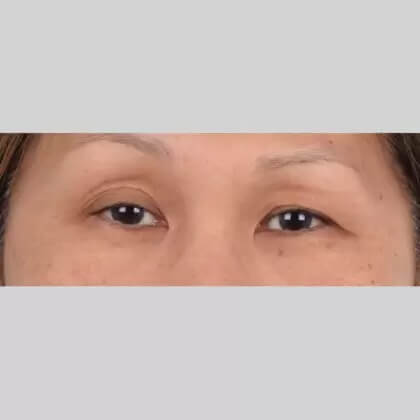
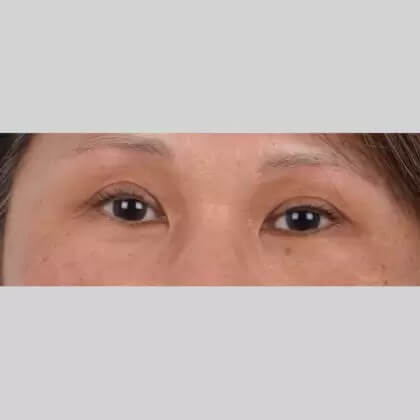
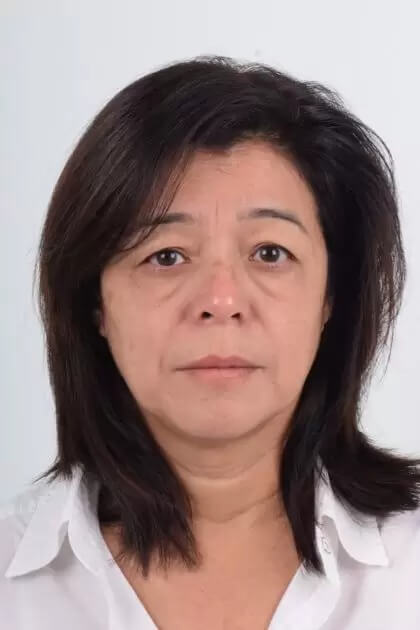
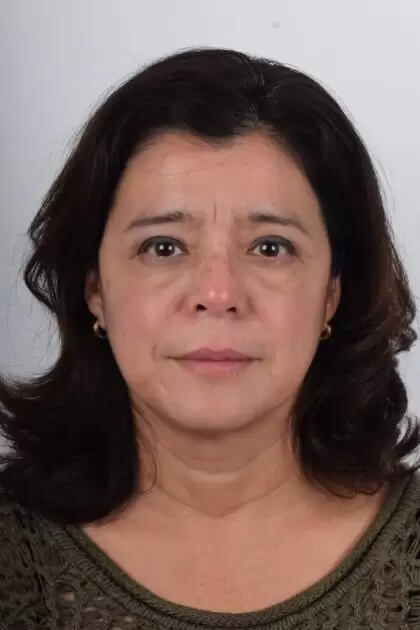
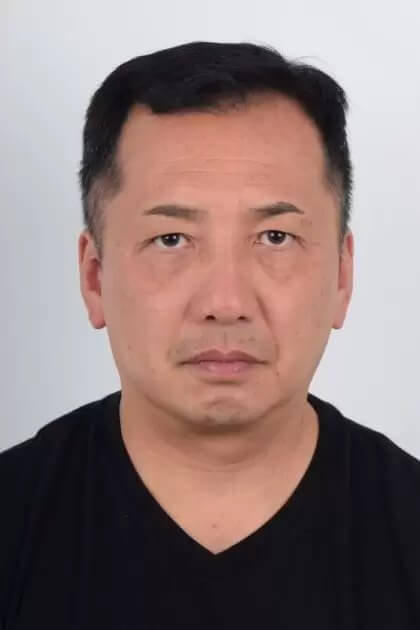
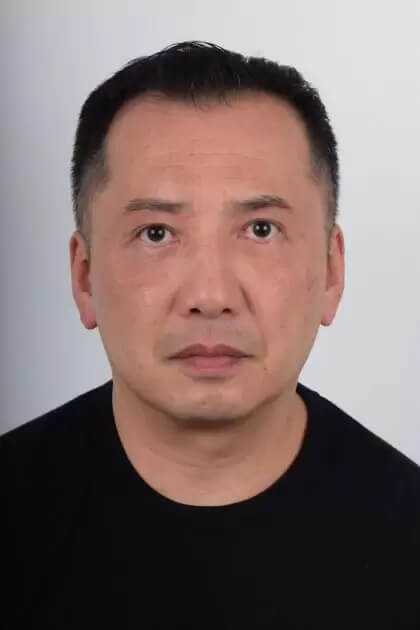
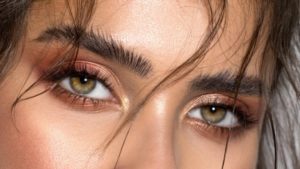 Younger East Asian patients who seek double eyelid surgery are looking for a surgical answer to a common cosmetic preference. These goals can be achieved with a surgeon who is sensitive to the needs of East Asian patients and who specializes in Asian eyelid surgeries. Allow Dr. Kim to help you achieve your ideal cosmetic goals in the heart of Los Angeles! Contact his offices at (213) 700-4297 for more details, or fill out an
Younger East Asian patients who seek double eyelid surgery are looking for a surgical answer to a common cosmetic preference. These goals can be achieved with a surgeon who is sensitive to the needs of East Asian patients and who specializes in Asian eyelid surgeries. Allow Dr. Kim to help you achieve your ideal cosmetic goals in the heart of Los Angeles! Contact his offices at (213) 700-4297 for more details, or fill out an 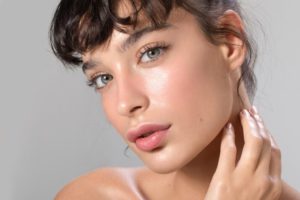 Epicanthoplasty – The epicanthal fold covers the inner corner of the eye. This feature is often more prominent in East Asian patients.
Epicanthoplasty – The epicanthal fold covers the inner corner of the eye. This feature is often more prominent in East Asian patients. 






